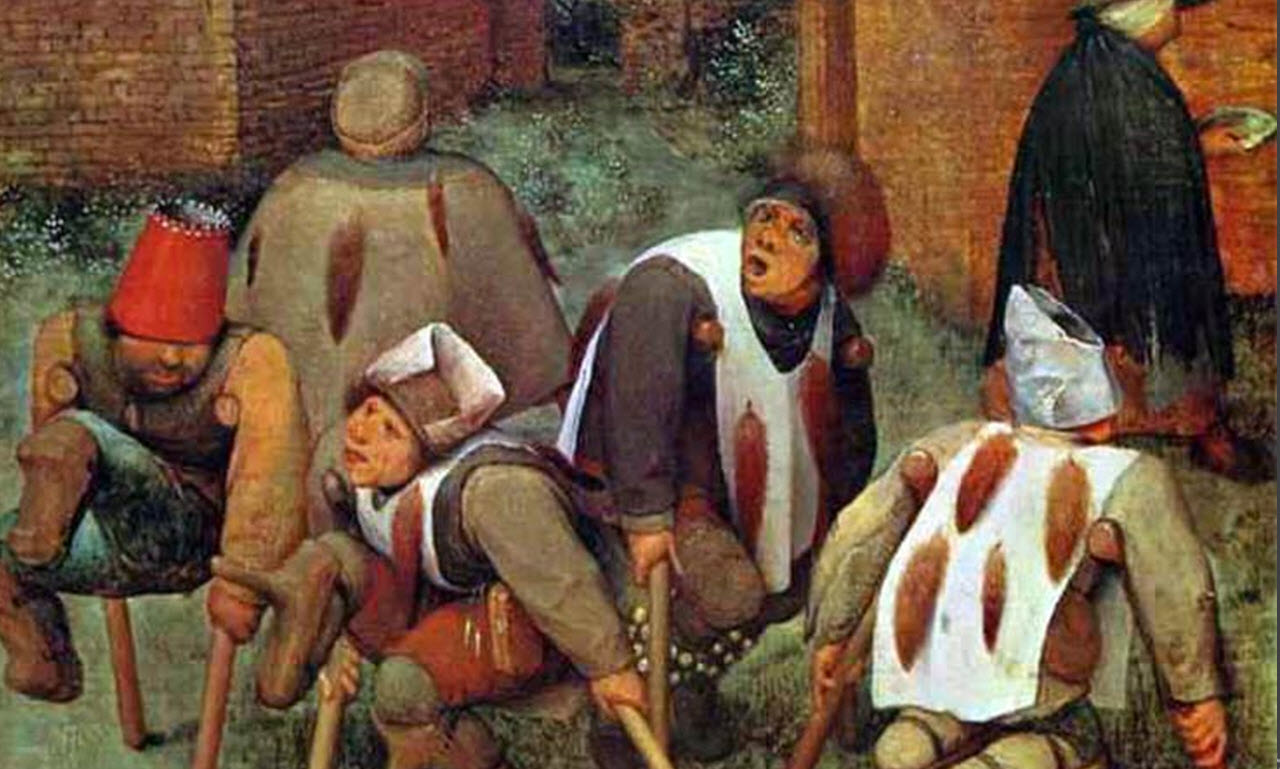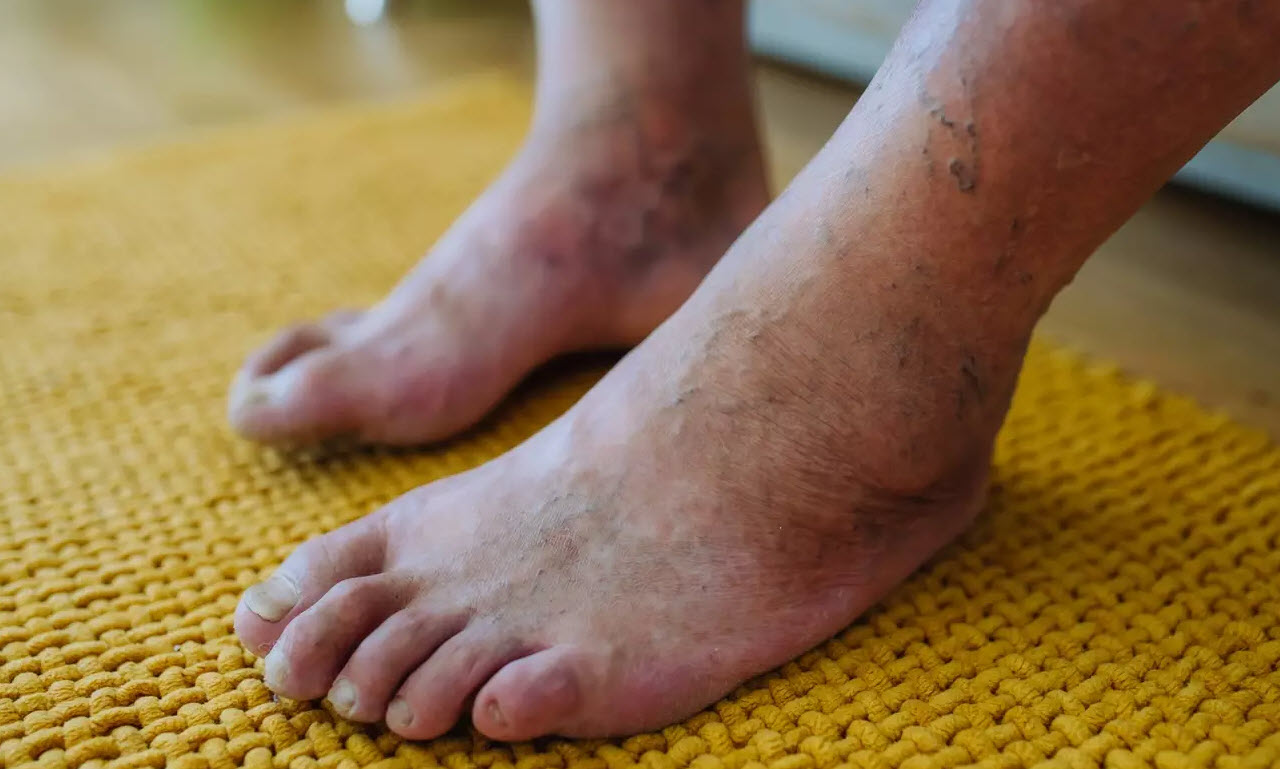Many of us are still thinking about the pandemic that occurred just a few short years ago. It seemed like a one-off event but over the centuries, there have been many plagues that have hurt mankind.
Some of the medieval plagues that we only read about in books are actually still in existence, even if we don’t see them very often. On occasion, however, we hear about someone who contracts such a disease.
A 24-year-old woman started experiencing burning sensations in both of her legs. It started in the middle of her thigh and went down to her toes and eventually, it was serious enough that she checked herself into an outpatient clinic.

Doctors looked her over carefully but they were not quite sure what they were dealing with. One thing they noticed was that her feet were discolored and she was having a difficult time walking.
After looking into the situation further, they found that her legs were cold, even though she felt as if they were burning. They checked for a pulse coming from the popliteal and dorsalis pedis arteries but they were unsuccessful.
A CT scan was taken and they found out her arteries were narrowed. They then gave her a blood thinner and it took away the pain considerably. Her legs also started to get warmer as the blood was flowing easier.
Unfortunately, they had to amputate one of her toes because it had already been affected by gangrene. As it turns out, she had a ‘holy fire’ disease from medieval times, known as ergotism. It occurs when people eat wheat and the egot fungus that lives on the wheat can cause a problem.
Egot poisoning can lead to a lot of different problems and in medieval times, it was thought to be a demonic possession. It causes hallucinations and convulsions, along with gangrene.

In the National Library of Medicine, a study entitled: ‘One holy man, one eponym, three distinct diseases. St. Anthony’s fire revisited’ mentions this issue.
The study says: “The first mention to a gangrenous ergotism plague in Europe appeared in the year 857, in Germany. Several other records of epidemics then emerged in France, Germany and Scandinavia.
“Overall, as many as 83 ergotism epidemics have been reported in various parts of Europe from 945 AD onwards, and this list is certainly incomplete.
“The German physician Wendelin Thelius, who described an epidemic developed in the year 1596 in the Kingdom of Hesse, was the very first to identify ergotism as the underlying cause.”
They were able to determine what caused the issue in 1676. More than 100 years later, in 1778, measures were put in place to combat the plague.
The study continues: “French physician Tessier observed a huge epidemic in the year 1778 in Sologne (France), during which more than 8000 people died, and was hence persuaded to recommend drainage of fields, compulsory cleaning of grain and replacement of infected grain with potatoes.”
